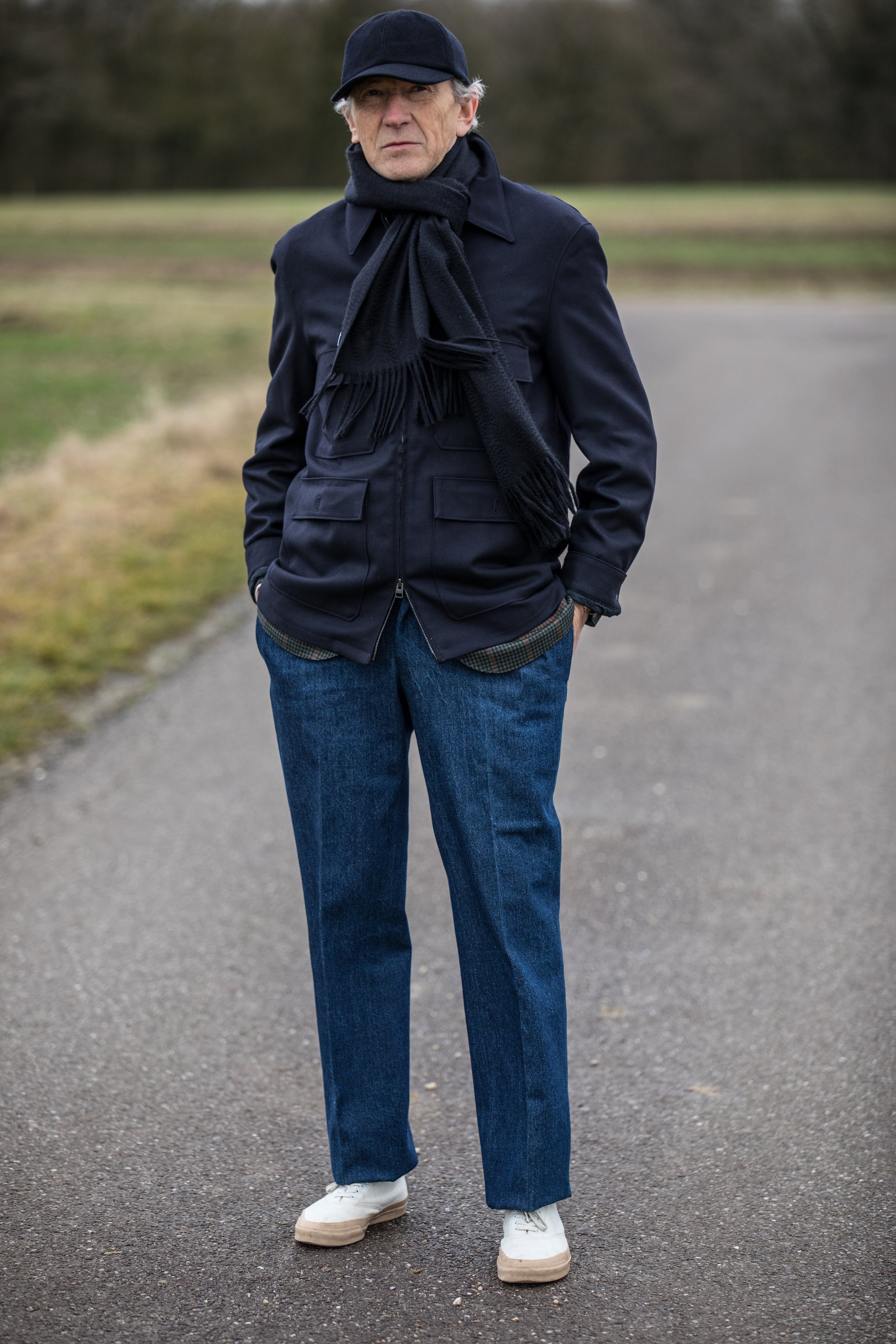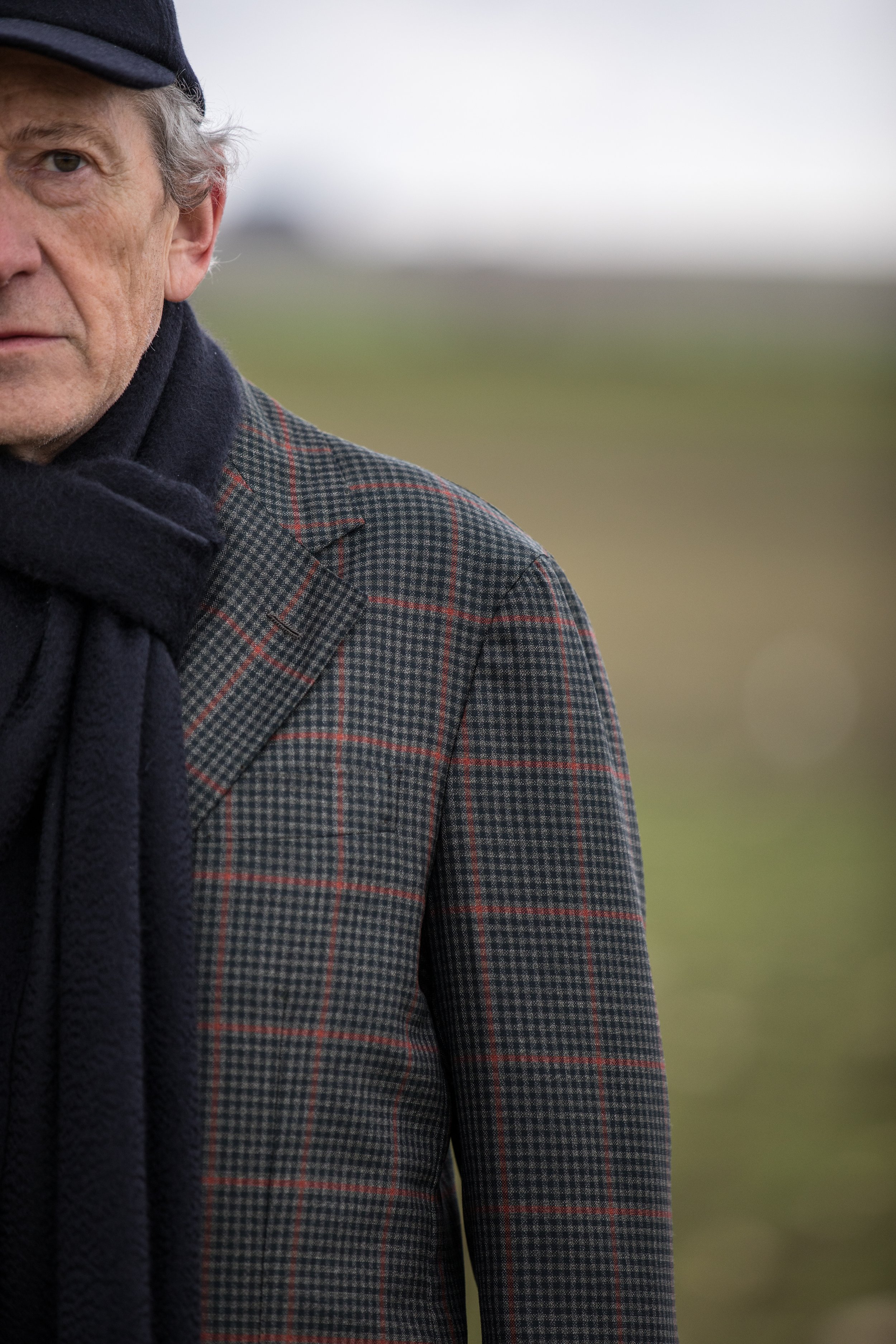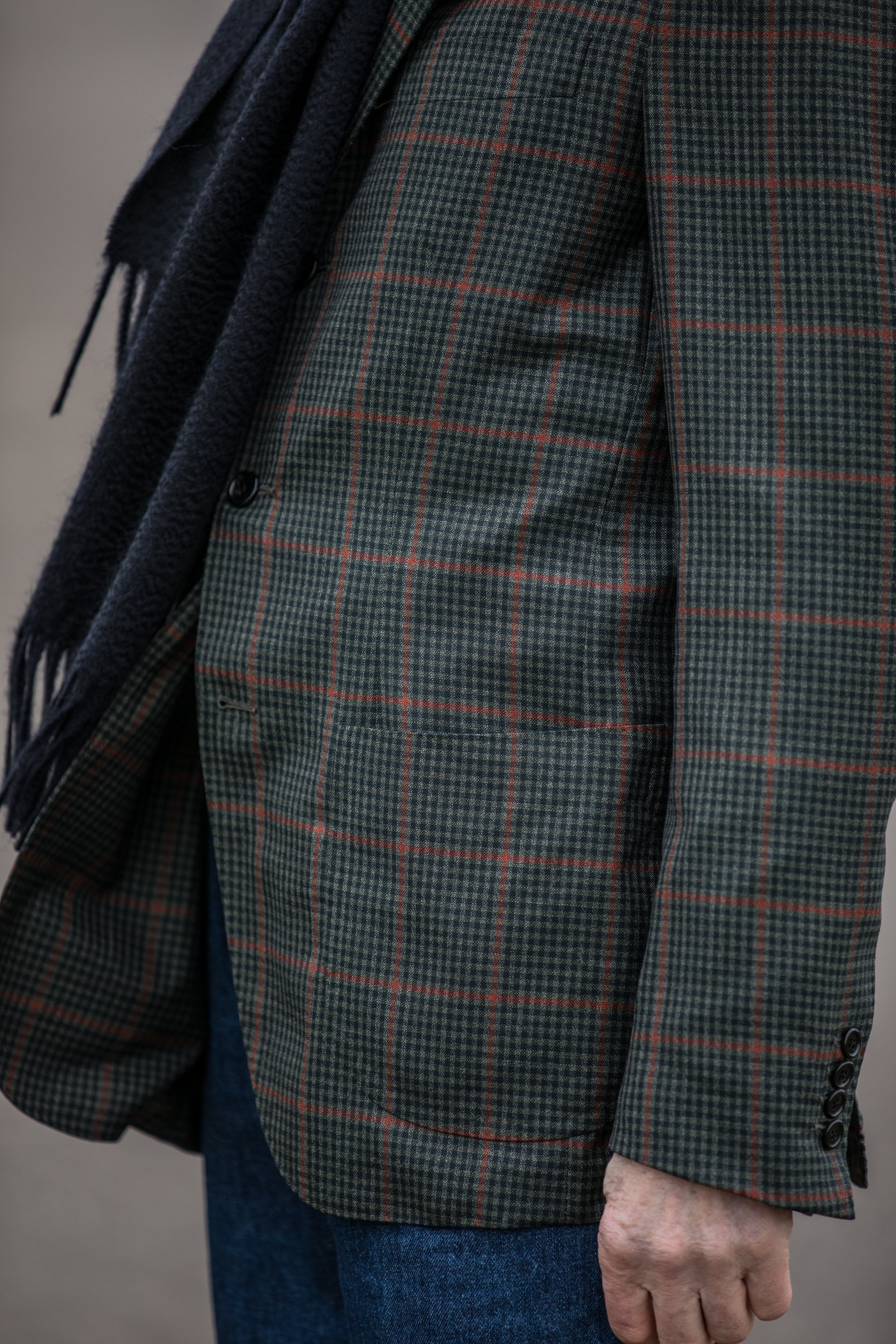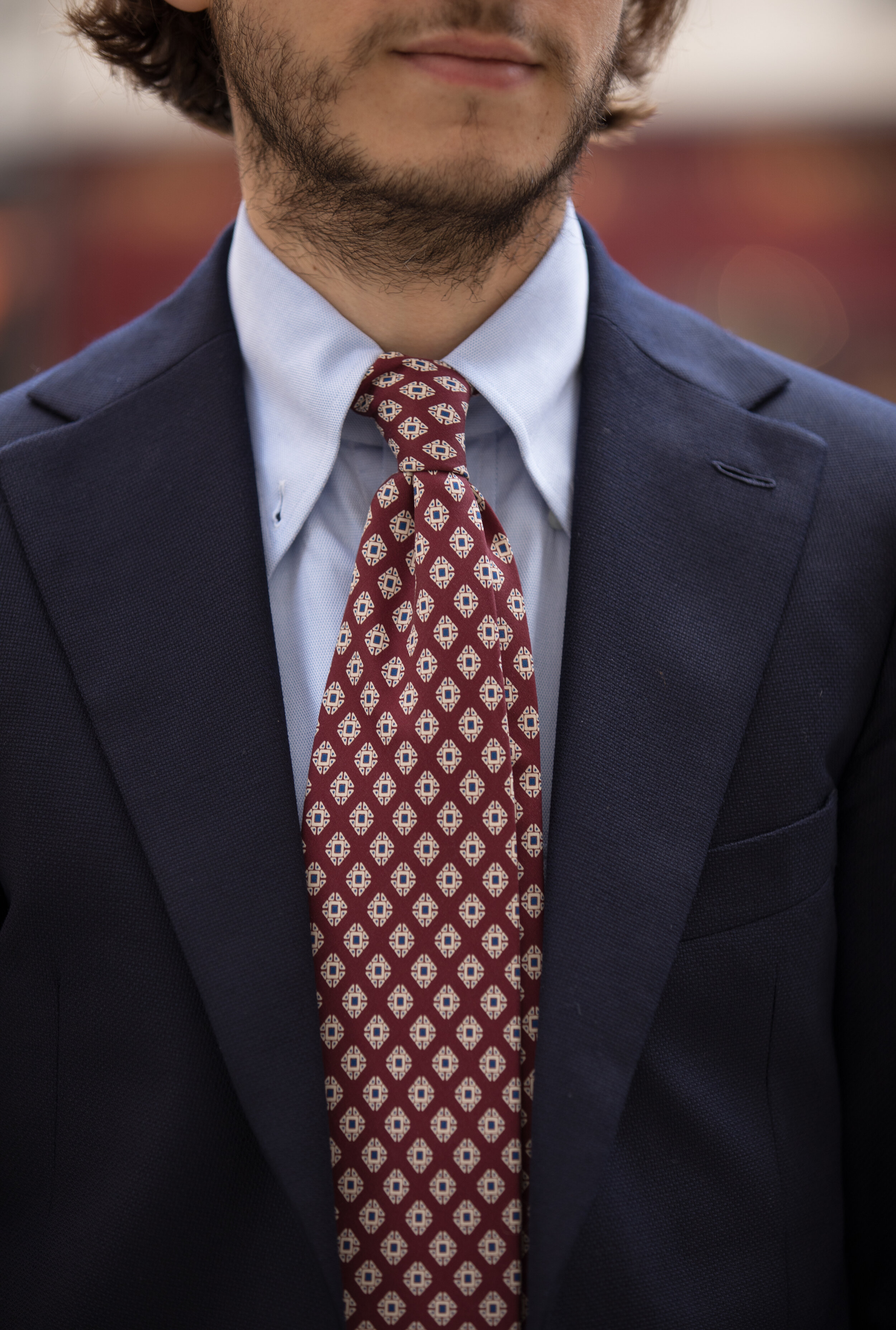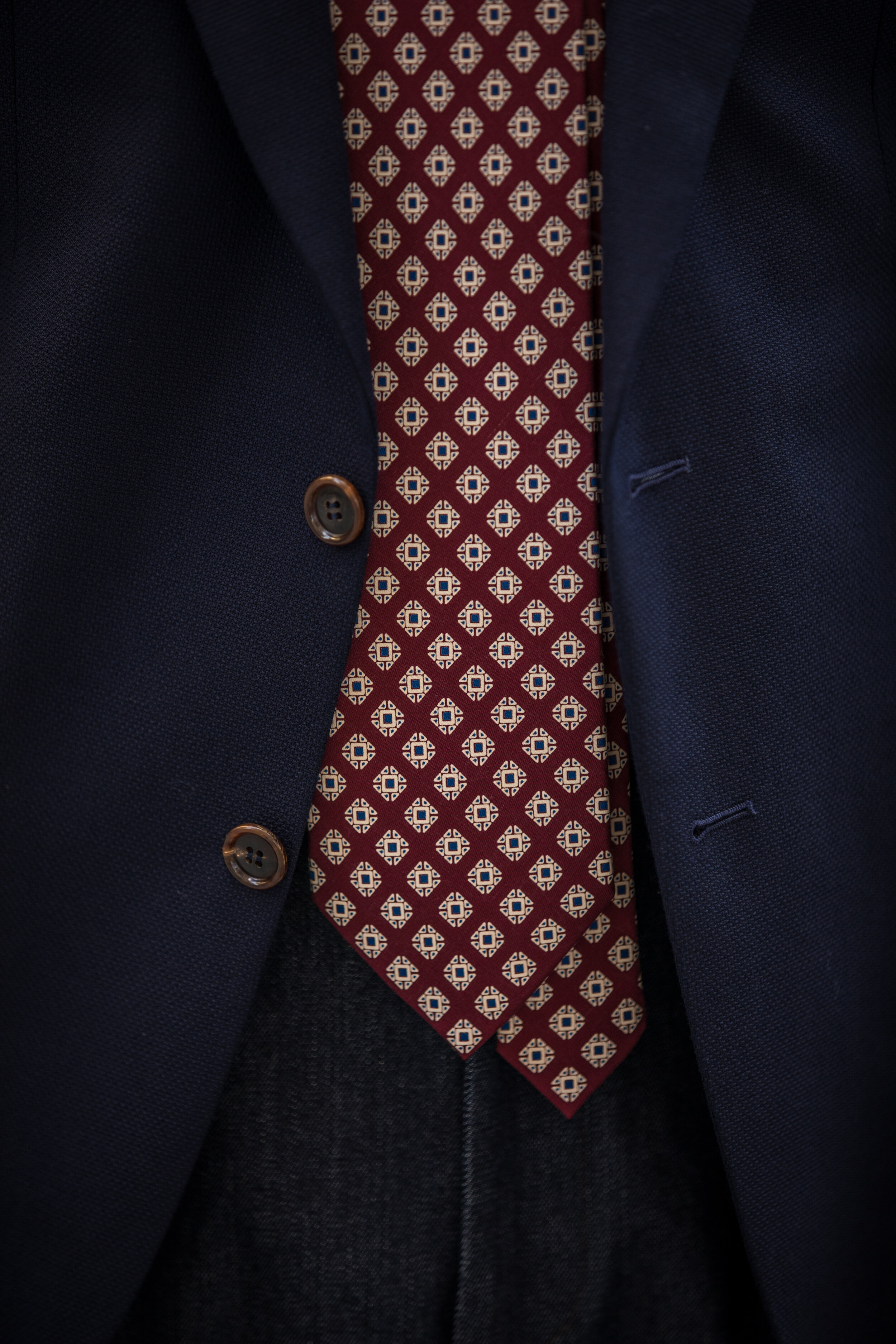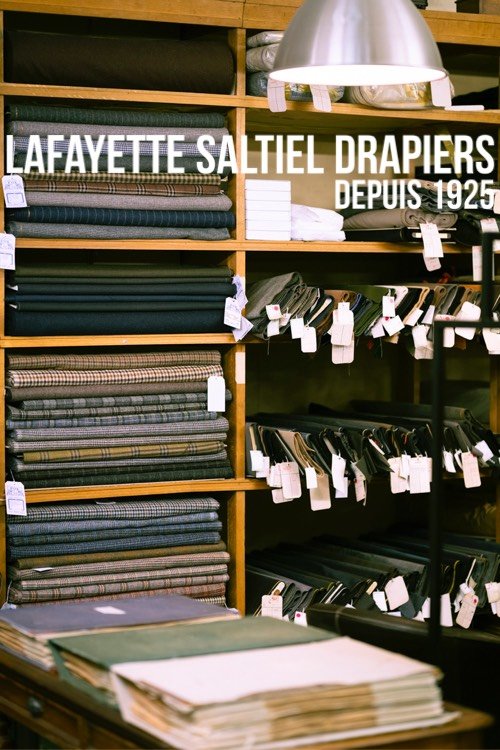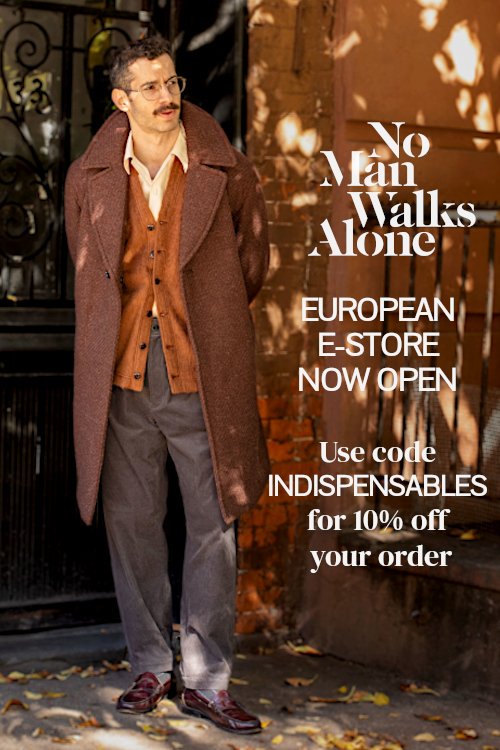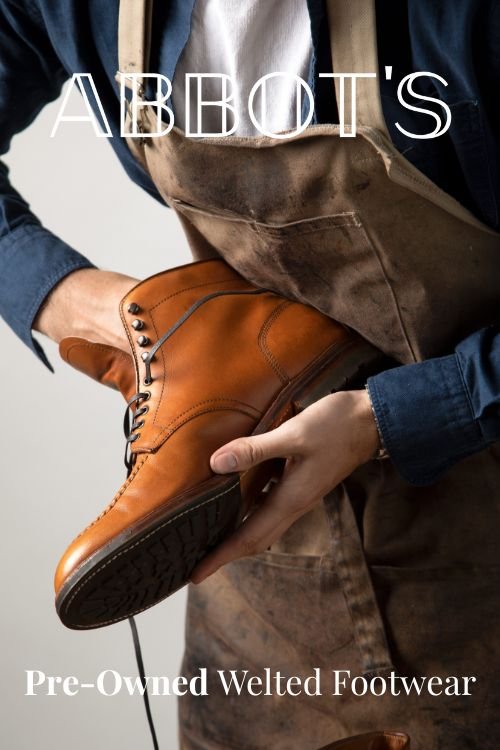Eduardo De Simone - EDESIM⎟Neapolitan sartoria
/"Vedi Napoli e poi muori" said Goethe. This roughly translates to "see Naples and die". The fascination for the Parthenopean city has been a vogue over the centuries. If in the 18th and 19th centuries it was the center of the « Grand Tour », an initiatory journey of aristocrats from all over Europe, the city declined in the 20th century. Tourists prefering the Eternal City or Florence and Venice, Naples was heavily marked by the Second World War and branded as a dirty, noisy and dangerous city. It is now experiencing a renaissance. Those who have already been to Naples can attest to the fact that this city has an incredible charm. The alleys, the inhabitants, the food and of course the sortarias by the hundreds.
We offer you a journey in these narrow streets, this special atmosphere, thanks to Eduardo De Simone.
Let's take a look.
HISTORY
It was 1954 and Eduardo De Simone had just opened the "Edesim" sartoria in Naples. With the help of his family - his wife Carmela and his sons Vincenzo, Michele and Rino - the tailor shop became a flourishing industrial enterprise and worked for the most important European fashion brands.
In 2006 a new chapter began. Eduardo Jr. took over the company and redefined its identity. This is how the factory's own brand was born: Edesim.
Edesim's range of products, which is rather rare for a clothing workshop, goes from made-to-measure suits to ready-to-wear and MTM.
Edesim's jackets take on the characteristics of the Neapolitan school: they are unstructured, the shoulders are natural and the fabrics often have a certain British touch.
An offer that is now available online. Because yes, Edesim has joined our long list of workshops that are known and recognized in the professional textile world but not yet sufficiently known by the end consumer. This workshop is undoubtedly one of the most beautiful companies in the world of costume making. A little jewel.
We had the opportunity to talk with Eduardo, who kindly accepted to answer some of our questions. We are pleased to reveal a short interview with Eduardo De Simone.
How was the Eduardo De Simone brand born?
In honor of my grandfather Eduardo, whose name and surname I bear. I owe my love for this profession to him and my father.
What are your sources of inspiration?
I don't think we can talk about a source of inspiration, but the big brands I work for have certainly had an indirect influence on my vision of fashion.
Can you tell us how the jacket we are presenting is made? And the trousers?
The jacket is partly produced in a traditional construction that includes full interlining of the front of the jacket, hand stitching of the bottom of the jacket, placket, under collar, sleeve lining, buttonholes and buttons. The chest pocket is in "barchetta" and the pockets are reminiscent of the Pignatiello shape. Of course, we can also make the jacket entirely by hand, but this is only available for the Bespoke service.
Is "handmade in Italy" important in today's menswear landscape?
It is important being open to new things and therefore your work and craftsmanship evolve and are updated. A characteristic that I find intrinsic to the figure of the craftsman, always ready to take on new challenges, so I like to imagine myself as an entrepreneurial craftsman.
Finally, if you had to recommend an essential piece of clothing to have in your wardrobe, what would it be and why?
It's true that clothes don't make the man, but I believe that during the first 10 minutes of a date, whether romantic or business, the first impression is fundamental.
Grazie Eduardo !
HOW THE GARMENTS FEEL
We tried 2 pieces from Edesim. Obviously a jacket, in size 48. Its classic and elegant design is made of 100% wool Vitale Barberis Canonico of 240 gr/mt, which is perfect for Spring even if at the time of the photoshoot it was particularly cold!
The jacket looks and feels really good, it's completely unstructured and we really like this green and red/orange check which is quite uncommon.
It is a model "Zero" of the new capsule collection of Eduardo de Simone.
Main features:
single breasted jacket
three-button roll two
armhole "a camicia
patch pockets
double vents (something we prefer)
partly handmade in Naples
The second piece we tried on was a pair of sartorial denim trousers: this is the second time we've offered them on Les Indispensables and we're conquered. The first time was with Prologue. If historically denim is intended for a more casual use, we love here the overall formal rendering. Several models are proposed by Edesim. They are part of the new Zed collection made of a 10 oz blue denim cotton.
According to the models, three styles are available:
1st style: Flat front, high waist and slightly slim fit
2nd style: Traditional one pleat, medium waist and classic fit
3rd style : Two pleats, medium size and straight cut : the one we tried
All three styles have a zipper fly, metal buttons and belt loops.
The bottom comes unfinished so you can have it altered to your prefered length.
We tried on a size 46. The waist was slightly tight, a 48 would probably have been more appropriate. But it doesn't matter because Edesim leaves enough cloth inside to gain a size. As for the fit, the leg is wide enough to be comfortable without overdoing it. The right balance.
In summary, these pieces are the perfect compromise between a casual and more dressed up wardrobe. A double rendering we really appreciate.
IN BRIEF
Naples sets home in Paris, but for good this time. EDS is one of those workshop brands that have a recognized know-how and, with the advent of the Internet, are trying to develop it as much as possible while focusing on what is their strength: high-end clothing offered at contained prices.
At EDS, the product is king and its kingdom is Naples.





